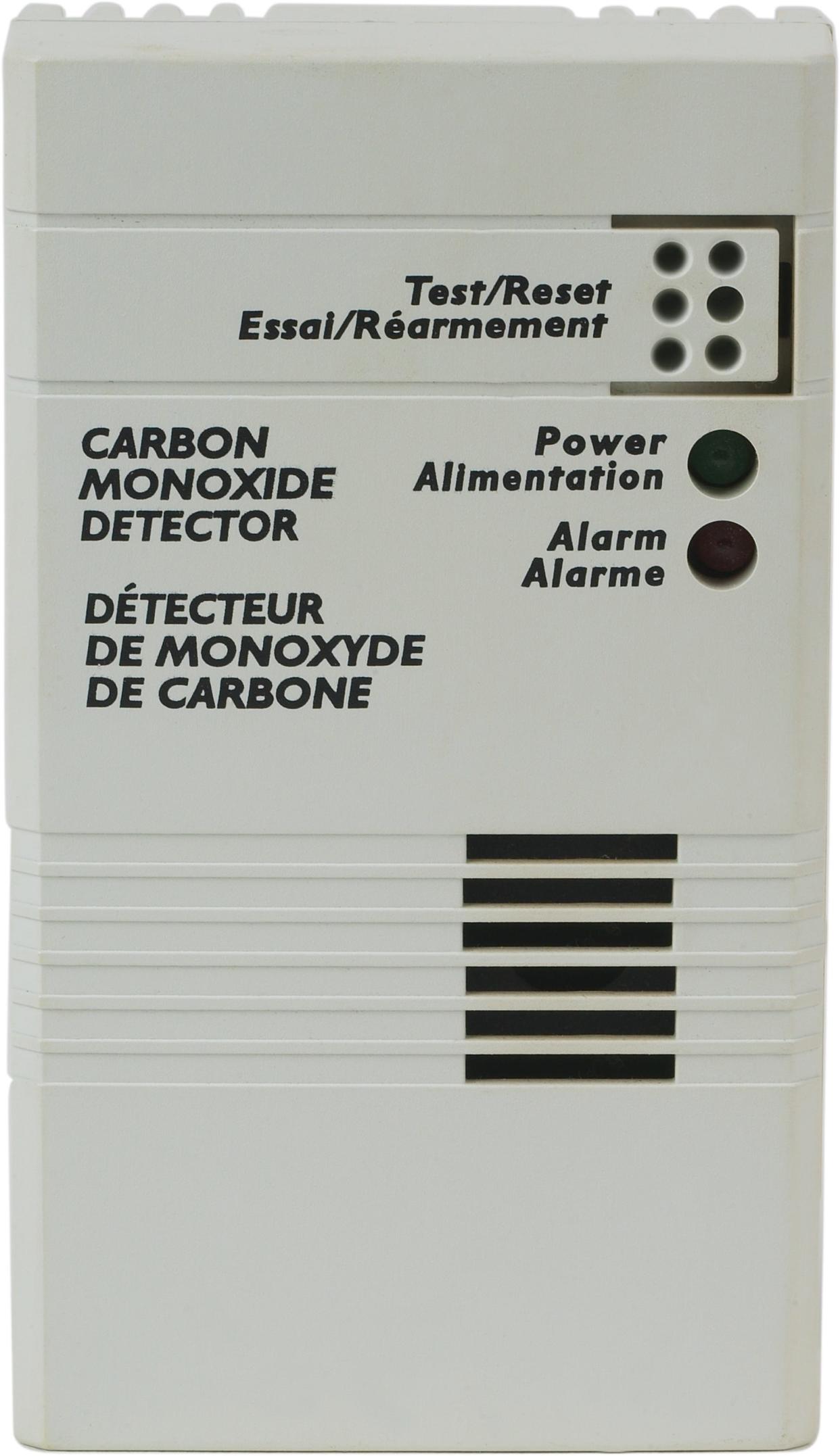Colder weather means a higher risk of carbon monoxide poisoning. Here's how to protect yourself
Calls about carbon monoxide poisoning to the Oklahoma Poison Center Carbon increase as cold weather moves into the state and people begin using their furnaces and fireplaces, according to a press release from the center.
Carbon monoxide is found in fumes produced when fuel is burned in gas furnaces, water heaters, vehicles, small engines, stoves, lanterns and grills. According to the Oklahoma Poison Center, proper ventilation is essential when these are used.
“People will occasionally attempt to heat their home with grills or stoves,” Kristie Edelen, Poison Center managing director, said in the release. “This is extremely dangerous; there is no way these attempts at heating can be made safe.” Edelen added.”
Chimney damage or blockage, vents or exhaust can cause carbon monoxide to build up indoors. The center advises against using a generator, charcoal grill, camp stove or other gasoline or charcoal-burning devices indoors or near a window.
Signs of carbon monoxide poisoning
According to the Oklahoma Poison Center, the most common early signs of carbon monoxide poisoning are headache, dizziness, weakness, upset stomach, vomiting, chest pain and confusion.
Severe symptoms include fainting, irregular heartbeat, coma, seizures, stopping breathing and heart attack.

What to do if your carbon monoxide detector sounds
Get fresh air immediately if your carbon monoxide sounds, then call the poison center at 800-222-1222.
If your detector begins to sound, everyone should leave the house. If anyone has moderate or severe symptoms, has a history of heart problems, is pregnant, or if an infant has been exposed, call 911 or go to an emergency department.
The center advises calling your local gas company, fire department or appliance repair service to find the source of the carbon monoxide. Don’t go back inside until the source has been identified and shut off or repaired.
This article originally appeared on Oklahoman: Carbon monoxide safety during 2024 winter storm: How to stay safe
